




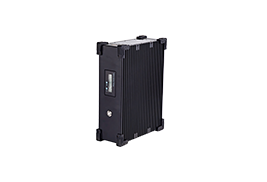
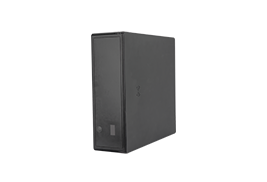
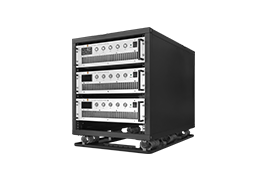
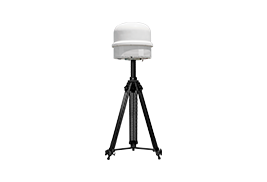
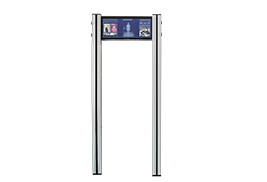
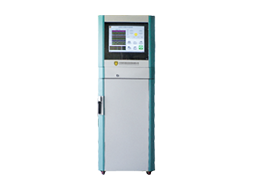


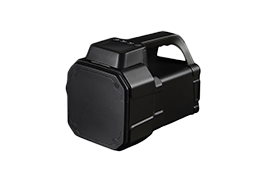
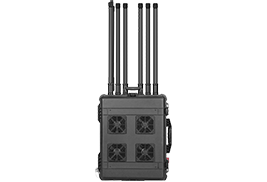
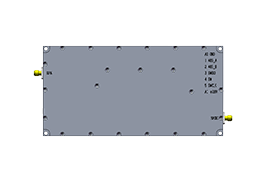
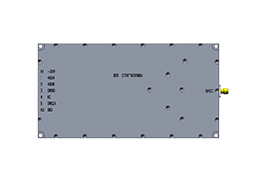
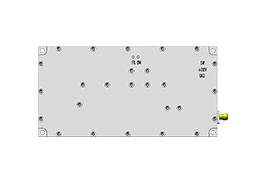
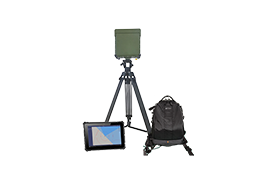

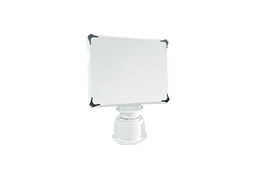
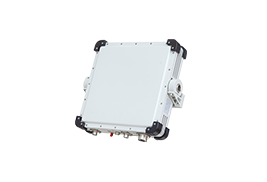



 X
X







 GLOBAL / ENGLISH
GLOBAL / ENGLISH

5. Modulation Spectrum/Switching Spectrum
Returning to the GSM system, Modulation Spectrum and Switching Spectrum play roles similar to adjacent channel leakage. However, their measurement bandwidth is not the occupied bandwidth of the GSM signal. From the definition, the modulation spectrum measures the interference between synchronized systems, while the switching spectrum measures the interference between non-synchronized systems (if the signal is not gated, the switching spectrum will overwhelm the modulation spectrum). This involves another concept: in the GSM system, cells are not synchronized despite using TDMA, while in TD-SCDMA and later TD-LTE, cells are synchronized (the dish-shaped or spherical GPS antenna is an inherent part of the TDD system). Since cells are not synchronized, the power leakage of the rising/falling edge of cell A may fall into the payload part of cell B, so the switching spectrum measures the transmitter's interference to adjacent channels under this condition. In the 577 us GSM timeslot, the proportion of rising/falling edges is minimal, so the payload parts of adjacent cells overlap in time most of the time. Therefore, the transmitter's interference to adjacent channels can be referenced by the modulation spectrum under this condition.
6. SEM (Spectrum Emission Mask)
Before discussing SEM, it is necessary to clarify that it is an "in-band metric," distinct from the concept of spurious emission. Spurious emission mainly concerns spectral leakage outside the operating frequency band of the transmitter, from an electromagnetic compatibility (EMC) perspective. SEM provides a "spectrum template." When measuring in-band spectral leakage of the transmitter, we primarily check whether there are points exceeding this template limit. SEM is related to ACLR but not identical in focus. ACLR primarily considers the average power leaked into adjacent channels, measured over a channel bandwidth, indicating the transmitter's "noise floor" in adjacent channels. SEM, on the other hand, reflects out-of-band emissions captured within adjacent frequency bands using a smaller measurement bandwidth (typically between 100 kHz and 1 MHz). When scanning SEM with a spectrum analyzer, we usually find that spurious points in adjacent channels are generally higher than the ACLR average value. This means if the ACLR metric itself has no margin, SEM is likely to exceed the standard. Conversely, if SEM exceeds the standard, it does not necessarily mean ACLR is poor. A common situation is the presence of LO spurious or clock modulation components (often narrowband, like point frequency) in the transmitter path. In this case, even if ACLR performs well, SEM may still exceed the standard.
By understanding these RF metrics, engineers can optimize RF system designs, enhance wireless communication performance, and ensure stable data transmission.












